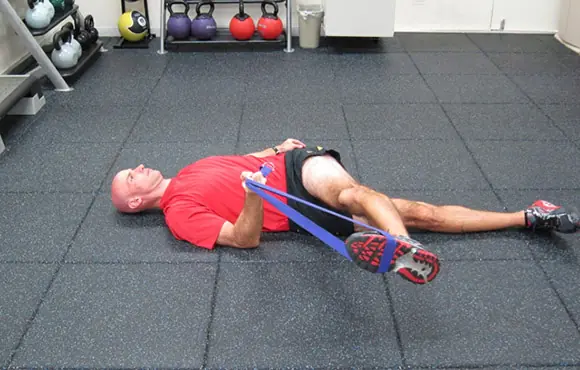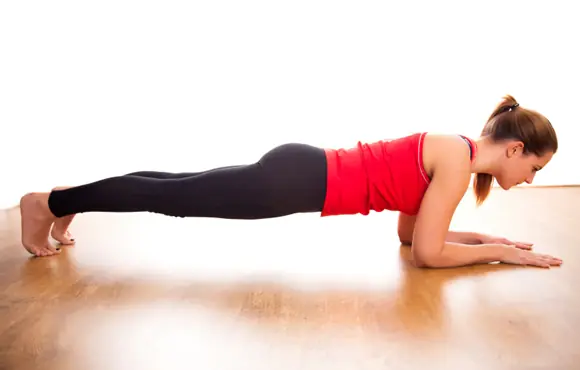"The core consists of the lumbar spine, the muscles of the abdominal wall, the back extensors, and the quadratus lumborum," Stuart McGill says in Strength and Conditioning Journal. "The purpose of these muscles is to prevent motion and absorb forces, not initiate motion. Because of this, the core deserves a different training approach."
Traditional exercises such as sit-ups and crunches have been used for years as a way to strengthen the abdominals and prevent lower back injuries. In fact, sit-ups are still used today in many benchmark physical fitness tests to assess abdominal muscular endurance. But how effective are these exercises? Are they safe?
The rectus abdominus (anterior core muscle) is rarely used during the motion of a sit-up. It's used more often in bracing and preventing lumbar extension. When it comes to safety, it's been proven in laboratory tests that repeated spinal flexion (the motion of crunches and sit-ups) creates serious compressive forces that can damage the spine over time. To illustrate, take a piece of metal (a coat hangar or a piece of rebar steel) and bend it repeatedly. It will eventually fail. Your spine is no different.
Here are some ways to safely and effectively train the core.
Plank
2 of 11
For the first core exercise, start with a basic forward plank. Make sure you keep proper alignment—avoid dipping or raising your butt—throughout the prescribed time.
Side Plank
3 of 11
Having a mirror or partner can help with maintaining your form while doing a side plank. If you've been doing planks and are comfortable with them, feel free to jump into the more advanced exercises.
Stability Ball Rollout
4 of 11
Kneel in front of a stability ball. Keeping your core tight, roll the ball forward while maintaining a straight torso position.
Stability Ball Rollout Part 2
5 of 11
Make sure you don't drop your hips. Pause at the end of the range of motion for a second or two, and return to the starting position.
TRX Rollout
6 of 11
The rollout exercise can also be done with a TRX or other suspension training system. Face away from the unit and keep your core tight.
TRX Rollout Part 2
7 of 11
Raise your arms overhead and move your body forward. Be sure to keep your body straight throughout the movement.
Stir The Pot
8 of 11
Position yourself in a plank position with your elbows on a stability ball and feet spread wide. Keeping your core braced and your glutes tight, move your forearms in a small circle while keeping your body steady.
To make this exercise more challenging, you can narrow your foot placement or make bigger circles. Since this exercise challenges even the strongest athletes, make sure you pay attention to your form when increasing the difficulty.
Lateral Cable Hold
9 of 11
Like the lateral plank, the lateral cable hold will work your lateral core and hip musculature. Stand to the side of a cable column holding a handle with your feet shoulder width apart as shown. Start by keeping the handle close to your body and maintain an upright posture.
Lateral Cable Hold Side View
10 of 11
As you become stronger, you can gradually move the handle away from you and/or narrow your foot placement. Regardless of your positioning, make sure you keep your torso upright.








Discuss This Article